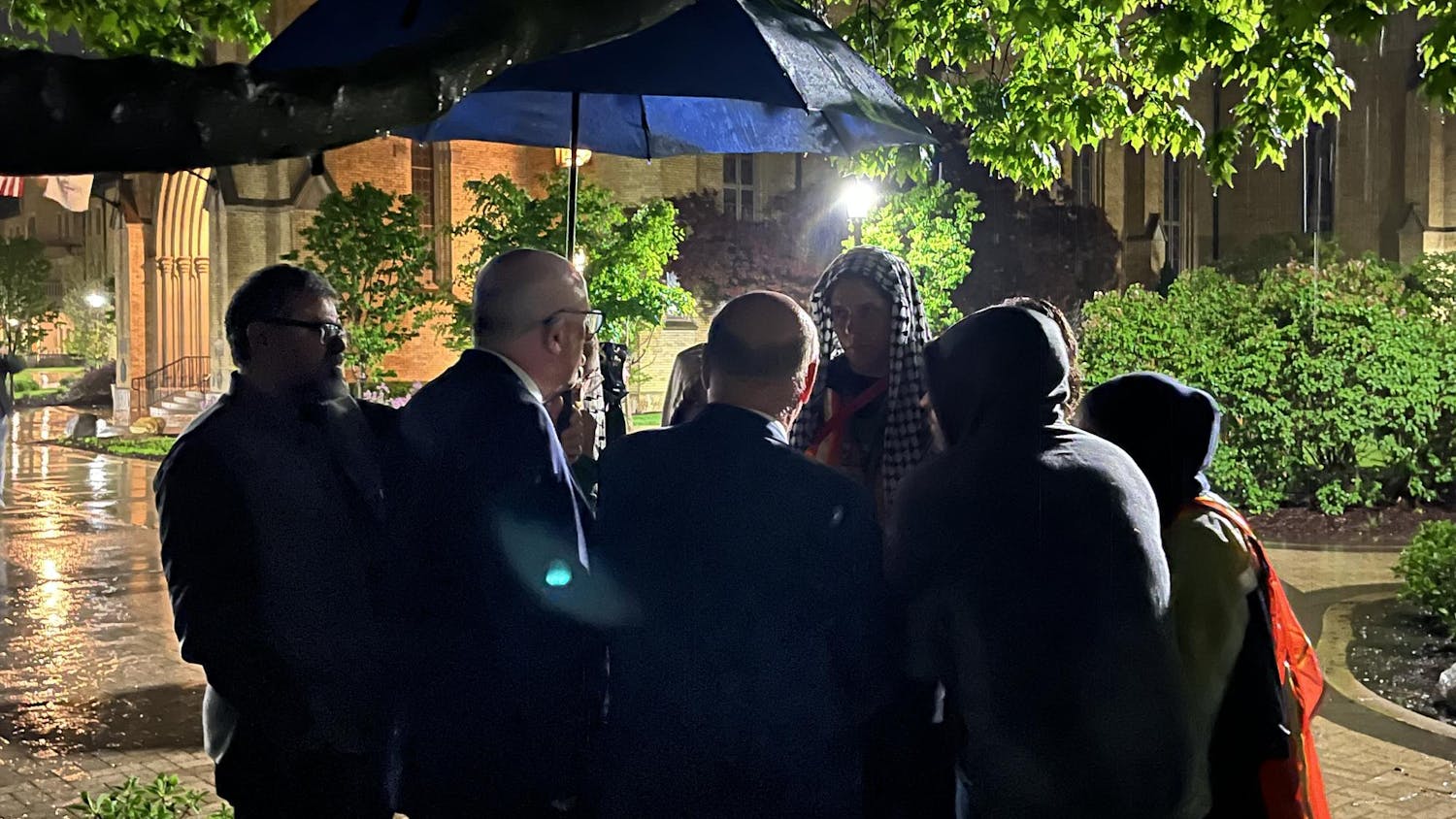My experiences taking trains in the United States always threw me back to memories of China at the start of the millennium. My first train ride in the U.S. was an Amtrak to Chicago that was unfortunately delayed by more than an hour. Since then, I started taking the South Shore Line train that slowly crawls over the railway tracks and stops every twenty minutes.
When I recounted these experiences to a friend from China, he proudly concluded that “America is technologically falling behind in trains.” His conclusion was backed by the fact that China’s older trains have gradually been supplanted by the high-speed rail (HSR) since 2007. These HSRs spring at speeds of 250 to 350 kph, are equipped with equally impressive services and are sharply on time.
However, I am not writing merely to boast about China’s trains and belittle those of the United States. Having traveled in a number of countries by train, I have observed facets of trains that reflect characteristics about their respective countries that are immeasurable in a purely technological sense. In China, for instance, breakthroughs in trains are seen as a demonstration of national strength, as the news frames them not only in absolute terms, but also in comparison to lesser achievements in other countries which are invested in HSR technology. So, aside from shortening the distances between cities and facilitating people’s life and travels, development in trains is also significant in the way that it showcases national power.
By contrast, Indian trains were vastly different from those I took elsewhere. When my local friend and I were commuting from the city of Hyderabad to visit his uncle who lived in a nearby town, we decided to take a slow, long-distance train. Amidst the darkness of night and against the loud broadcasts of train information in local languages only, I was faced with a conundrum absent from other cultural settings: Should I sit in the lady’s compartment by myself, or should I sit with my male friend in the general compartment?
“But there are only men in the general compartment,” my friend told me.
We settled on a decision that I would sit at the lady’s compartment, but my panic continued to grow throughout the train ride. The train crept along slowly, a broken train door was constantly slammed by the wind and outside the window was pure darkness. I sat on the lower bed with three Muslim ladies with only their eyes revealed, but our eyes never met. Two days later, I had the most pleasant train ride from Hyderabad to another city called Pune. This time, my friend and I chose to sit in an expensive cabin on a fast train. We laid on the spacious chairs comfortably and enjoyed the two delicious meals that the server provided us. The train also had police officers patrolling for security, so even though males and females shared the same space, I felt at ease the whole time.
In a later conversation I had with this friend, we thought that the trains in India provided diverse options that corresponded to the different socioeconomic statuses and needs of people. Trains of faster or slower speed, of better or less safety guarantee and service quality, and of cheap or exorbitant prices are all available, but the passengers have to balance these elements themselves and make a decision of which train to take.
Back to my other friend’s statement that “America is technologically falling behind in trains.” While it is true that the U.S. is lagging behind some Asian and European countries with regards to its trains, whether or not it intends to enter into this technological competition is uncertain. Amongst various reasons, the U.S. would certainly encounter difficulties related to property rights of landowners if it were to construct a new railway route — not to mention that many solutions might not be as easily workable as in countries where property rights are less valued. The less dense population of the U.S. makes the investment into HSR riskier than in other more populous countries.
Yet despite the differences among train rides in various countries, I still enjoy taking trains most of the time. Trains of different kinds offer similar kinds of possibilities — they traverse across bridges and mountains and by fields, cities and villages. They allow strangers to sit next to each other. They transport people from place to place. Most importantly, they render experiences and spark thoughts valuable to some travelers, including me.













